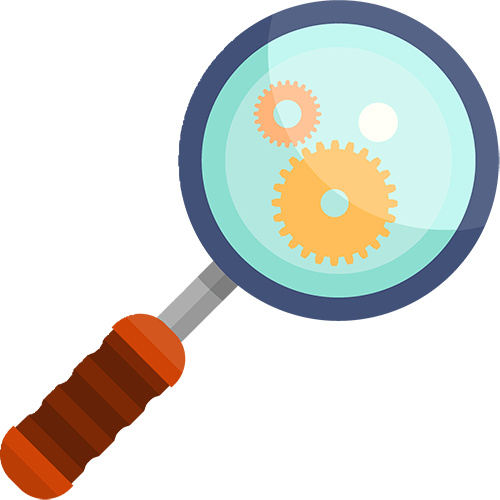Minor symptoms, major hidden dangers
What is late-life depression and anxiety disorder
Late-life depression and anxiety disorder generally refers to the occurrence of depressive disorders and anxiety attacks in elderly people aged 60 and above, which is a common mental disorder among the elderly. The core symptoms of depressive disorders include low mood (depressed mood), loss of pleasure (loss of appetite), and reduced interest, which can also include sleep disturbances (insomnia) and cognitive decline (forgetfulness), among others.
Late-life depression and anxiety disorder is often considered as part of elderly people’s lives and has not been fully recognized and diagnosed. It has been proven that late-life depression and anxiety disorder is associated with poor quality of life, difficulty in daily activities, comorbid physical illnesses, premature death, and cognitive impairments, among other significant negative consequences.
Therefore, enhancing awareness of the manifestations of depression and anxiety in older adults and managing them is very important. Treatment should be provided promptly if patients meet the clinical diagnostic criteria for depression and anxiety disorders.
Which elderly people are more prone to depression and anxiety
The etiology of late-life depression and anxiety disorder is complex and often coexists with physical illnesses, with both possibly acting as causative factors for each other. For instance, elderly depression can increase the incidence of elderly dementia; in populations with coronary heart disease and hypertension, the incidence of anxiety disorders accounts for almost half. The susceptible populations for late-life depression and anxiety disorder include the following categories.
1.
Those lacking emotional support
2.
Those experiencing negative events
3.
Patients with chronic diseases
4.
Long-term medication users
5.
Individuals with stubborn personality traits
How is depression and anxiety treated in the elderly
For patients with late-life depression and anxiety disorder, treatment mainly includes medication and psychotherapy. Medication treatment is prescribed by specialists, and most medications may need to start with a low dose, gradually adjusting the dose, and should not be abruptly discontinued after a period of use. Medication adjustments require guidance from specialists and regular follow-ups.
In terms of psychotherapeutic intervention, led by specialists, it also requires cooperation from patients and family members. Treatment plans need to be practical, feasible, and flexible to maximize meeting the needs of patients and caregivers.
Therefore, in developing the initial psychotherapeutic plan, the involvement of family members and patients is necessary, and continuous evaluation and updates may be required. As family members of patients, they should also take a frontline role in treatment and focus on the following areas.
1.
Attend to the elderly’s psychological well-being, provide care and companionship, without displaying annoyance, rejection, dissatisfaction, or hostility.
2.
Ensure adequate nutrition intake and actively treat underlying physical illnesses; encourage patients to maintain a regular routine, participate in recreational and group activities, such as playing chess, calligraphy, and card games; enhance social interactions and enrich life experiences.
3.
Encourage and accompany patients in outdoor activities, as moderate exercise is the most effective and natural “medicine” against depression. Treating late-life anxiety and depression requires the establishment and improvement of a multidisciplinary team care model involving specialists, primary healthcare personnel, social workers, and family members, to extend from clinical symptom relief to comprehensive functional recovery in elderly patients.
Other forms of treatment
In addition to oral medications and psychotherapeutic interventions, there is a category of physical treatments, including electroconvulsive therapy, repetitive transcranial magnetic stimulation, vagus nerve stimulation, deep brain stimulation, and emerging therapies such as light therapy and sleep deprivation. However, these treatment methods have not yet received definitive research findings among elderly anxiety patients and require further research confirmation.
Currently, anxiety patients often adopt mind-body regulating techniques, such as yoga, painting, dancing, music, and other art therapies, which also have a noticeable effect on alleviating anxiety in the elderly.


